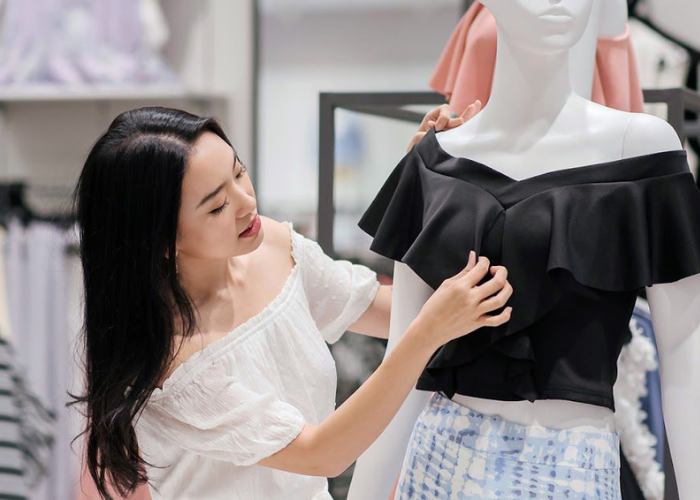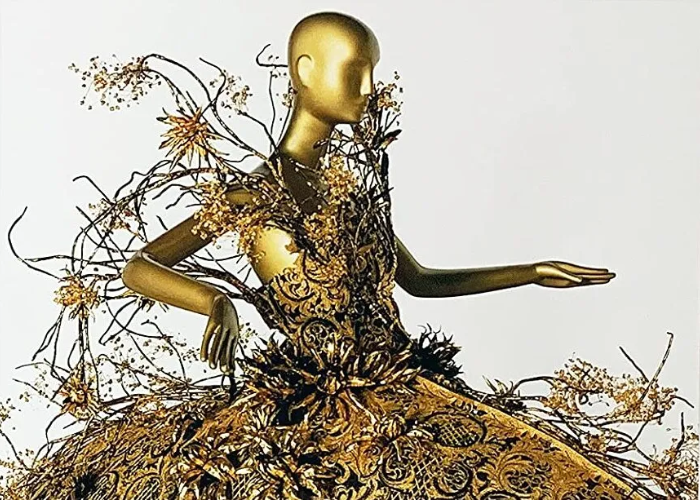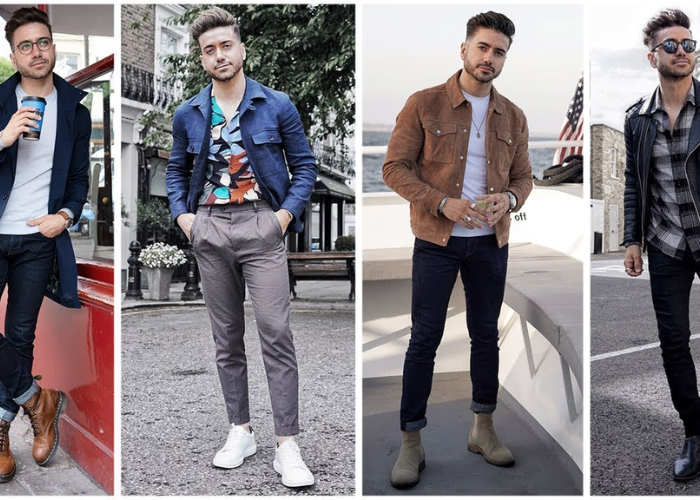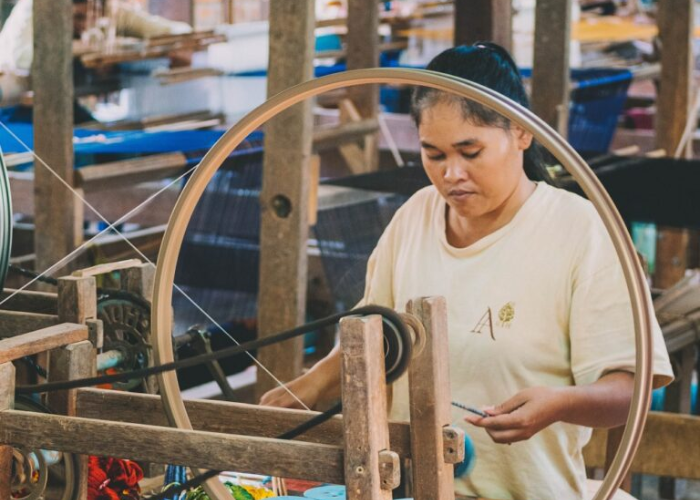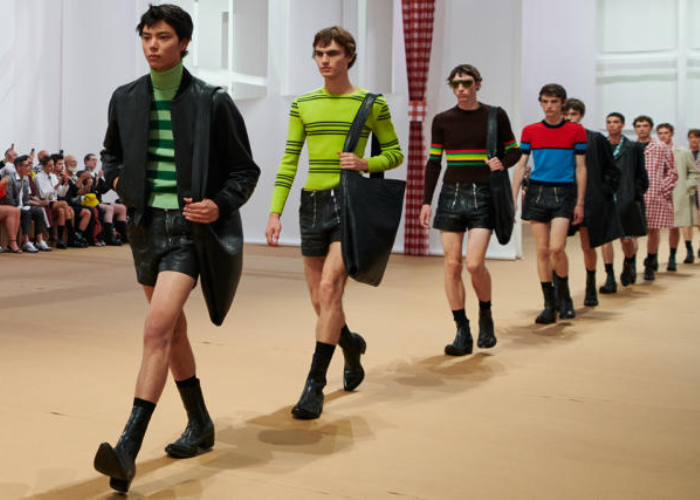The Art of Couture: Celebrating Masterpieces of Design and Craftsmanship
Fashion has been a part of the culture for centuries, and couture is no exception.…
The Power of Personal Style: Expressing Individuality through Fashion
In today’s world, fashion and personal style are becoming increasingly important. From celebrities to influencers,…
Sustainable Fashion: Redefining the Industry’s Environmental Impact
Sustainable fashion is a term used to describe a conscious effort to create clothing that…
Fashion Forward: Trends and Styles Defining the Runways
Fashion is a constantly evolving art form that has been around for centuries. From the…
